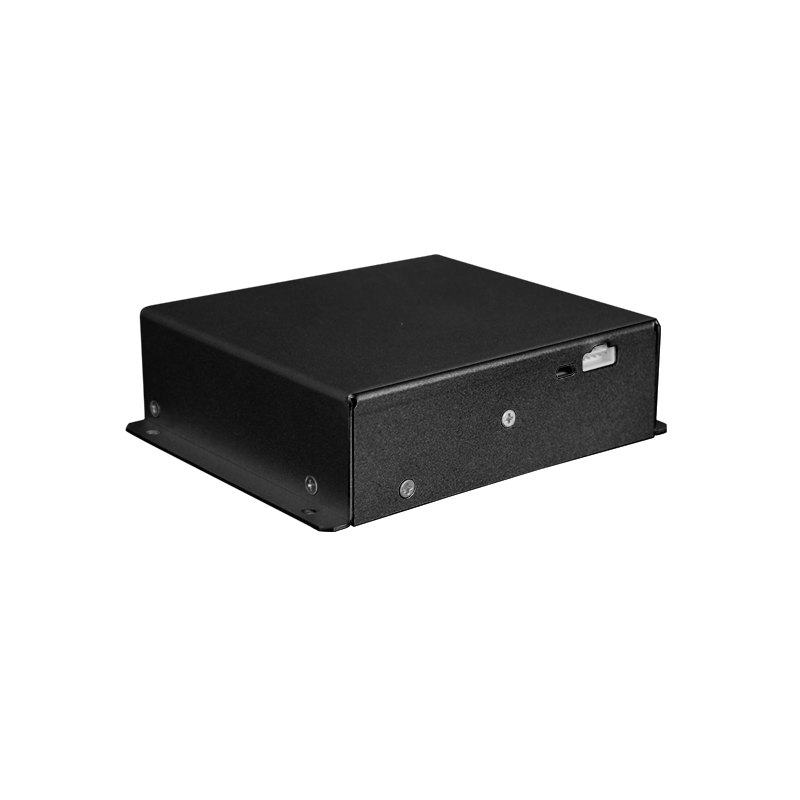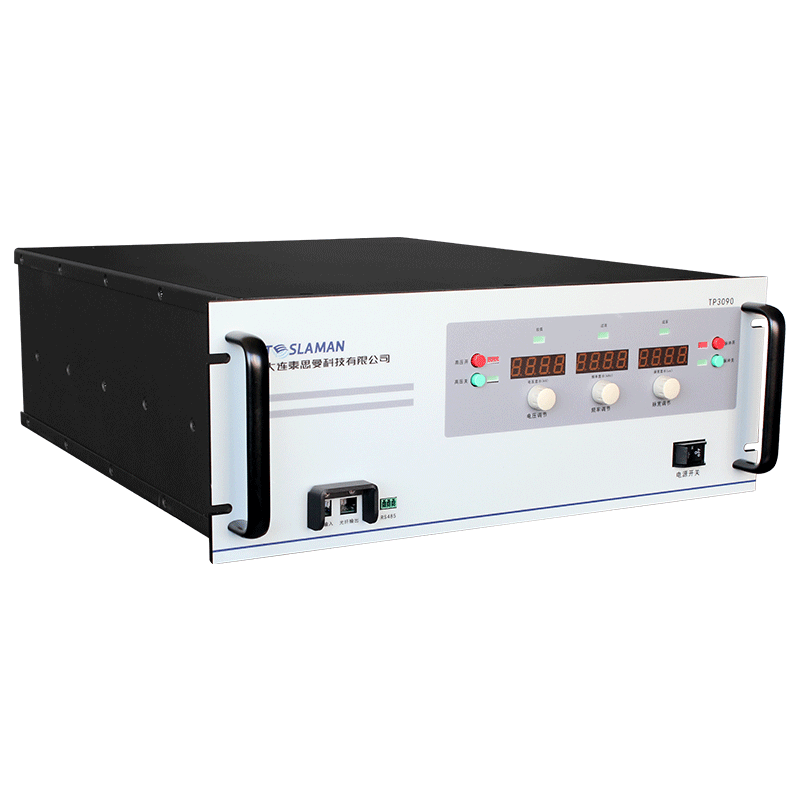The working principle of an electron beam high-voltage power supply
An electron beam high-voltage power supply is a type of power supply that uses electron beam acceleration technology to generate high voltage. The working principle of an electron beam high-voltage power supply mainly includes the following steps:
Electron emission: Electron emission is the process of releasing electrons from the surface or inside of an object. The main methods of electron emission are thermal emission, field emission, and photoemission.
Electron acceleration: Electron acceleration is the process of accelerating electrons to high energy. The main methods of electron acceleration are electrostatic acceleration and magnetic acceleration.
Electron collection: Electron collection is the process of collecting electrons to an electrode. The main methods of electron collection are electric field collection and magnetic field collection.
Electron emission
Electron emission is a key step in an electron beam high-voltage power supply. The main methods of electron emission are thermal emission, field emission, and photoemission.
Thermal emission: Thermal emission is the process of releasing electrons from the surface of a metal or semiconductor material by heat. Thermal emission is the most commonly used electron emission method in electron beam high-voltage power supplies.
Field emission: Field emission is the process of releasing electrons from the surface of a material by the action of an electric field. Field emission can produce high-energy electrons, but its emission efficiency is low.
Photoemission: Photoemission is the process of releasing electrons from the surface of a material by light exposure. Photoemission has a high emission efficiency, but its application range is narrow.
Electron acceleration
Electron acceleration is another key step in an electron beam high-voltage power supply. The main methods of electron acceleration are electrostatic acceleration and magnetic acceleration.
Electrostatic acceleration: Electrostatic acceleration is the process of accelerating electrons to high energy by the action of an electric field. Electrostatic accelerators have a simple structure, but their efficiency is low.
Magnetic acceleration: Magnetic acceleration is the process of accelerating electrons to high energy by the action of a magnetic field. Magnetic accelerators have a high efficiency, but their structure is complex.
Electron collection
Electron collection is the last step in an electron beam high-voltage power supply. The main methods of electron collection are electric field collection and magnetic field collection.
Electric field collection: Electric field collection is the process of collecting electrons to an electrode by the action of an electric field. Electric field collectors have a simple structure, but their efficiency is low.
Magnetic field collection: Magnetic field collection is the process of collecting electrons to an electrode by the action of a magnetic field. Magnetic field collectors have a high efficiency, but their structure is complex.
Applications of electron beam high-voltage power supplies
Electron beam high-voltage power supplies have the advantages of small size, light weight, and high efficiency, and have a wide range of applications in industrial, medical, and research fields.
Industrial applications
Electron beam high-voltage power supplies are mainly used in the industrial field for the following applications:
Welding: Electron beam welding is a high-efficiency and precise welding method that can be used to weld various materials, such as metal, plastic, and ceramic.
Cutting: Electron beam cutting is a high-efficiency and precise cutting method that can be used to cut various materials, such as metal, plastic, and ceramic.
Surface treatment: Electron beam surface treatment can improve the surface properties of materials, such as hardness, wear resistance, and corrosion resistance.
Material processing: Electron beam material processing can be used to manufacture various micro-structures, such as microelectronic components and micromechanical parts.
Medical applications
Electron beam high-voltage power supplies are mainly used in the medical field for the following applications:
Radiation therapy: Electron beam radiation therapy is a common cancer treatment method that can be used to kill cancer cells.
Medical imaging: Electron beams can be used to generate medical images, such as X-rays and CT scans.
Research applications
Electron beam high-voltage power supplies are mainly used in the research field for the following applications:
Materials research: Electron beams can be used to study the structure, properties, and processing technology of materials.
Biomedical research: Electron beams can be used to study the structure, function, and diseases of biological organisms.
Physical research: Electron beams can be used to study physical phenomena and laws.
Conclusion
An electron beam high-voltage power supply is a




















